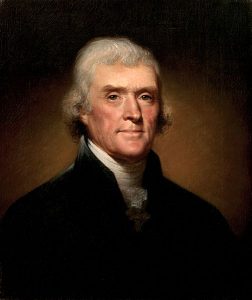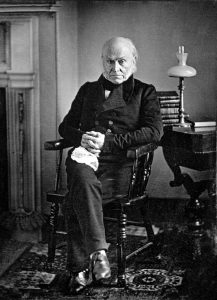Elections, the Holocaust, and the Senate Debate: Glimpses of Three Law School Events
Glimpses of three important events in recent days at Marquette Law School:
The Wisconsin Elections Commission is less than four months old and so far it has made only two major decisions, each supported by all six members. Will the new body, created to take over the election oversight role previously played by the state’s Government Accountability Board, be a steady and responsible force for conducting elections well and avoid partisan divisions?
During an “On the Issues with Mike Gousha” program Wednesday (Oct. 26, 2016), two of the leaders of the commission conveyed a message of professionalism and commitment to doing the jobs well . They also expressed general confidence in the quality of election practices in Wisconsin.
But Mark Thomsen, chairman of the commission and a Milwaukee lawyers, and Don Millis, a commissioner who is a lawyer from the Madison area, outlined some of the difficult and controversial issues that they face this fall and beyond, such as handling of voter identification requirements and early voting, and showed some differences between them that reflect their own partisanship.


